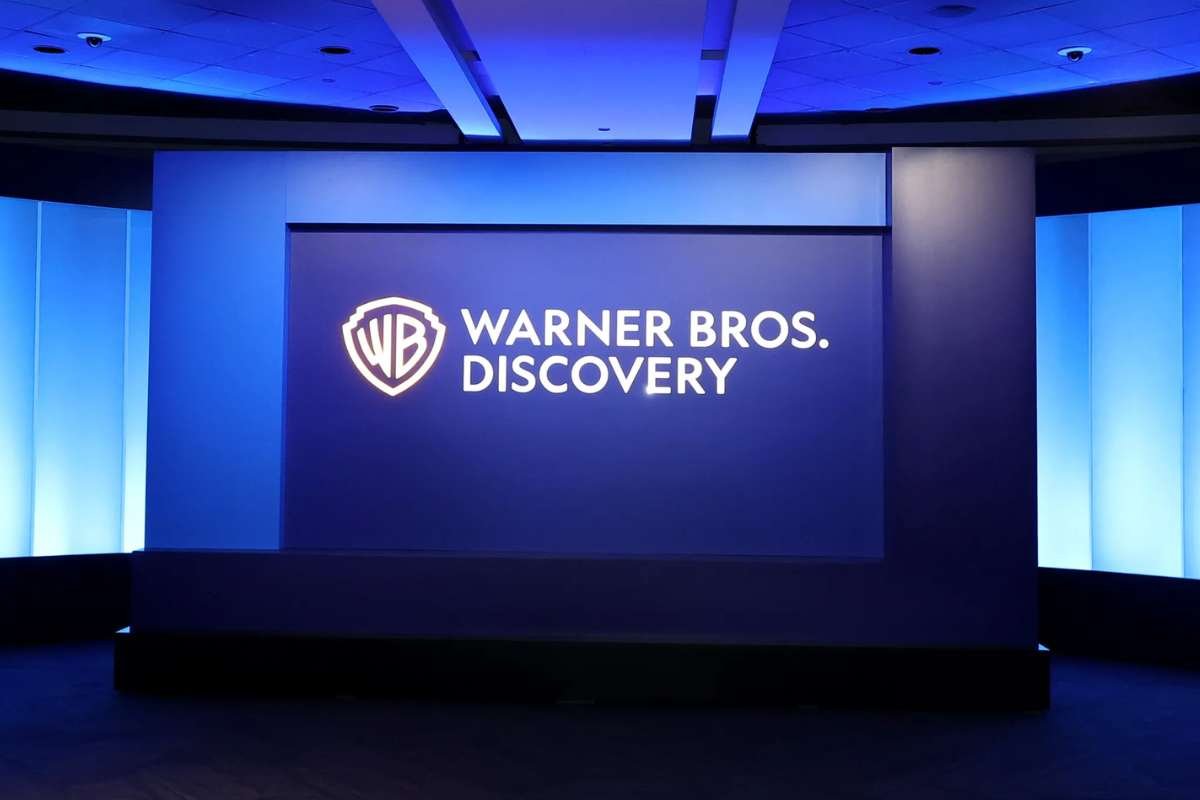Revolutionary AI Creates Lifelike Videos from a Single Image
ByteDance, the parent company of TikTok, has introduced OmniHuman-1, an advanced artificial intelligence tool capable of generating realistic videos from a single photograph. The AI can animate images into lifelike movements, allowing individuals in photos to talk, sing, gesture, and even play musical instruments.
According to a research paper published on the open-access archive arXiv, OmniHuman surpasses previous AI models by delivering high-quality, realistic human videos using minimal inputs, such as audio. The system supports images of various aspect ratios, from portraits to full-body shots, producing detailed and lifelike animations in different scenarios.
ByteDance researchers have shared examples of OmniHuman’s capabilities, including historical figures brought to life. One demonstration features Albert Einstein appearing to deliver a lecture, moving naturally and using hand gestures. In the video, he speaks about the role of emotions in art and life, making it seem as though the theoretical physicist is addressing a modern audience.
Expanding Possibilities for AI-Generated Humans
Freddy Tran Nager, a professor at the University of Southern California’s Annenberg School, expressed amazement at the tool’s capabilities. After viewing sample videos, he remarked that OmniHuman’s realism is particularly striking on small screens, such as smartphones. He noted that while recreating figures like Hollywood legends for films may still pose challenges, the AI-generated videos are already impressive for digital platforms.
With the launch of OmniHuman, ByteDance enters the increasingly competitive AI video generation market. AI-driven virtual influencers are already promoting brands, government agencies are using digital avatars for public services, and synthetic versions of celebrities are engaging with fans. However, concerns have also been raised over AI-generated endorsements that could mislead audiences.
Nager speculated that tools like OmniHuman could find use in education, allowing famous historical figures or celebrities to deliver lessons. He also noted the potential appeal for content creators who might use AI-generated versions of themselves to ease the pressures of constant video production. However, he also pointed out a more radical possibility: platforms like TikTok could eventually rely on AI-generated videos rather than human creators.
Ethical Concerns and the Risk of Misinformation
Samantha G. Wolfe, an adjunct professor at NYU’s Steinhardt School and founder of PitchFWD, emphasized the ethical implications of OmniHuman’s capabilities. While the technology is remarkable, she warned of potential misuse, particularly in creating deceptive videos featuring public figures. AI-generated videos that appear authentic could easily mislead audiences and influence public perception, whether in business or politics.
As AI-generated content becomes increasingly sophisticated, concerns about misinformation and authenticity grow. Wolfe cautioned that as these videos become more realistic, the likelihood of people believing fabricated content rises. ByteDance has not disclosed specific details about the data used to train OmniHuman, but reports indicate that the system was trained on over 18,700 hours of human video footage.
OmniHuman is not the first tool capable of generating video from a single photo, but its extensive training data gives it an edge. Nager noted that TikTok users might unknowingly be contributing to a vast database used for training AI-generated humans, raising further discussions on data privacy and the future role of AI in media.


















